What challenges does the project respond to?
‘For sunshine and health, its Bexhill on Sea, the town on the Sussex Coast that lives up to its motto!
In its heyday, the Sussex Coast was full of optimism, a destination for holidaymakers from across the UK. Reflecting the pattern of other English seaside towns, Bexhill has enjoyed periods of activity and popularity, followed by periods of inactivity and decline. Completed in 1935, the De La Warr Pavilion reflects the aspiration of the town, but from the 1960s, the rising popularity of package holidays took sunseekers away from the southern English coast.
How does the masterplan meet the ambition of CABE Sea Change?
The CABE Sea Change programme was established by the Department for Culture Media and Sport to make a difference to seaside resorts by contributing to their social and economic regeneration through cultural projects complemented by wider regeneration programmes.
As part of CABE Sea Change, Next Wave signifies the delivery of a key strategic milestone in Rother District Council’s regeneration plans for the town and district.
It had been identified that the De La Warr Pavilion was well funded, well regarded and well visited, but that these economic benefits did not filter through to the town. We were tasked with creating a public realm that is active and engaging and that would complement, rather than compete, with the world-famous Pavilion.
Drawing on the natural capital of the seafront, our masterplan captures visitors to the De La Warr Pavilion, entices them along the promenade, allows them to enjoy a series of punctuation points, before redirecting them into the town, increasing footfall for local businesses.
How were different character areas incorporated in the masterplan?
The public realm is designed to accommodate events throughout the year. These activities range from the ‘Concours of Elegance’ motor festival, to art-based programmes which spill out from the De La Warr Pavilion, to ‘off-season’ events such as Christmas markets, reviving the coastal economy which is normally only active for six months of the year.
Along the promenade, we introduced heavily programmed spaces where each area was given meaning and use, replacing a repetitive landscape. The linear site now provides places to shelter, sit, picnic, view, play, meet, rest, shop and enjoy the visual spectacle of the English seaside in full promenading mode.
How has the linear route been designed to bring joy to visitors?
Garden rooms and resting points introduced along the promenade encourage people to slow down and stay a while. A space for picnics has bespoke benches created for Bexhill, inspired by an original bench by Rod and Alison Wales. A garden room for sunbathing has been designed with windbreaks to enable sunbathing on the windy British coast.
Natural play, designed to look like washed up sea logs, is integrated among the perennial planting for the enjoyment of younger visitors. Active pursuits such as windsurfing are supported with stepped level access to the beach located directly next to parking places and new drinking fountains.
How was the masterplan strengthened through collaboration?
Four wooden shelters designed by Duggan Morris (Morris+Co and Mary Duggan Architects) were installed along the waterfront. Our in-house heritage specialist worked with Alan Baxter Associates to introduce new retail and cafe spaces to the Grade II listed Georgian colonnade.
A new home for the Bexhill Rowing Club was designed by Stanton Williams Architects and taken forward by our own team on site.

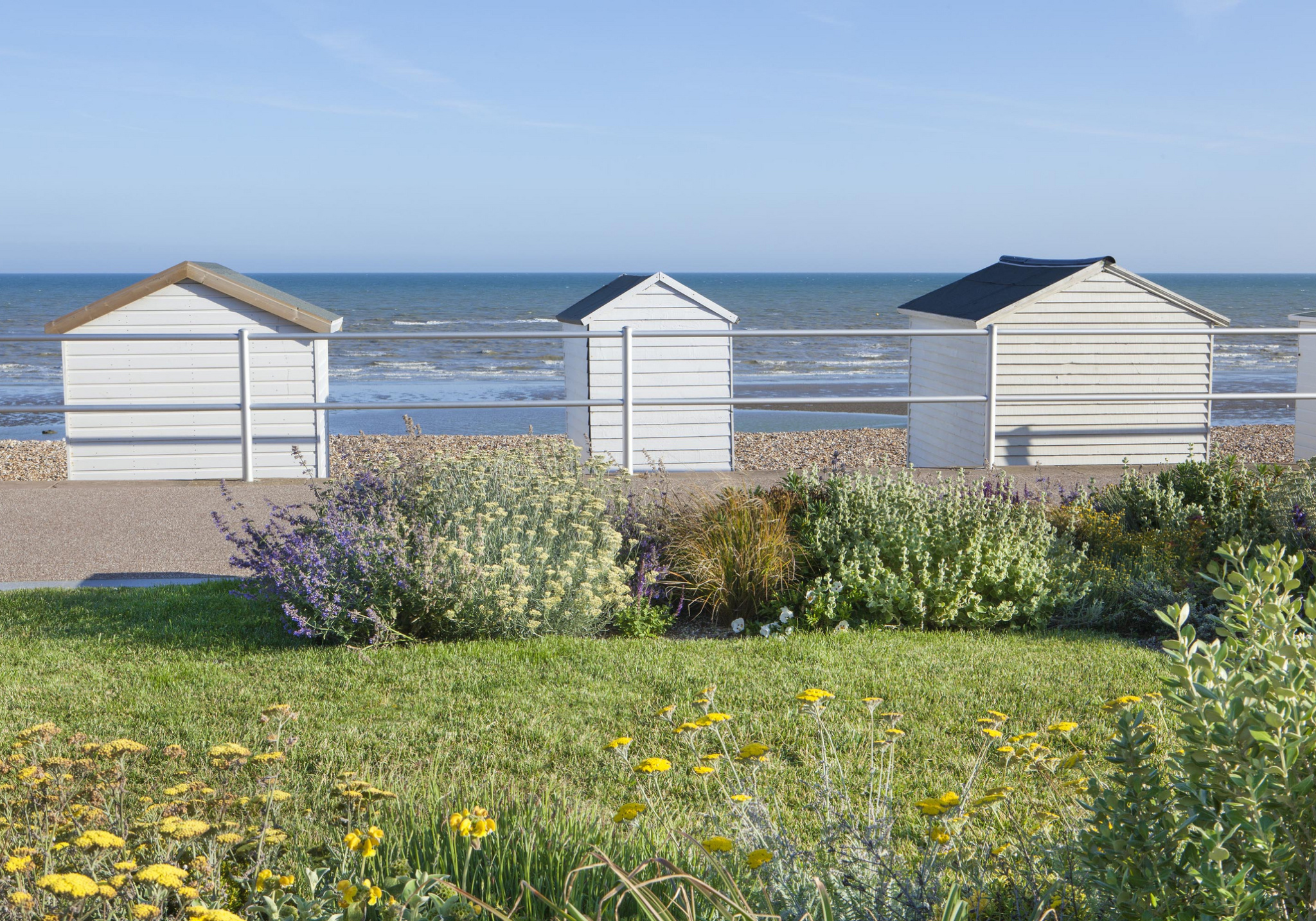
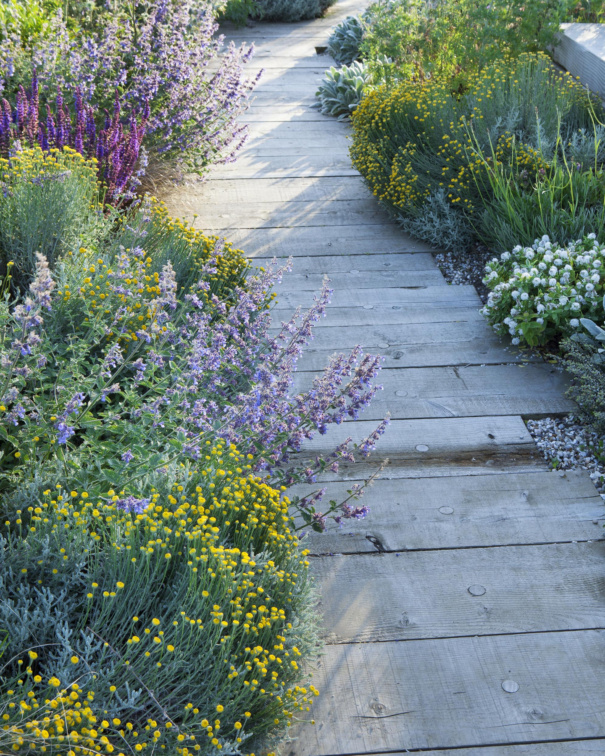
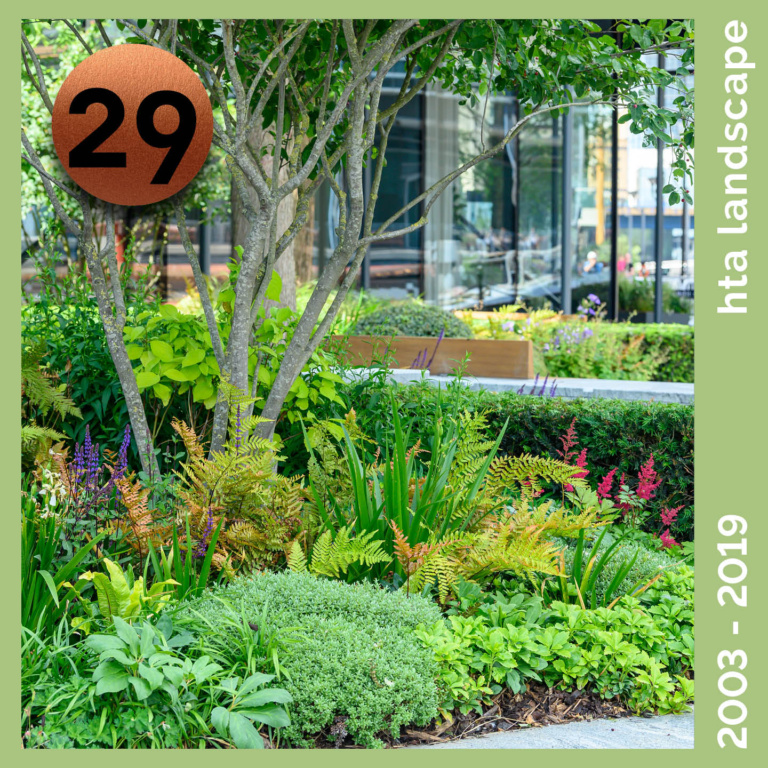
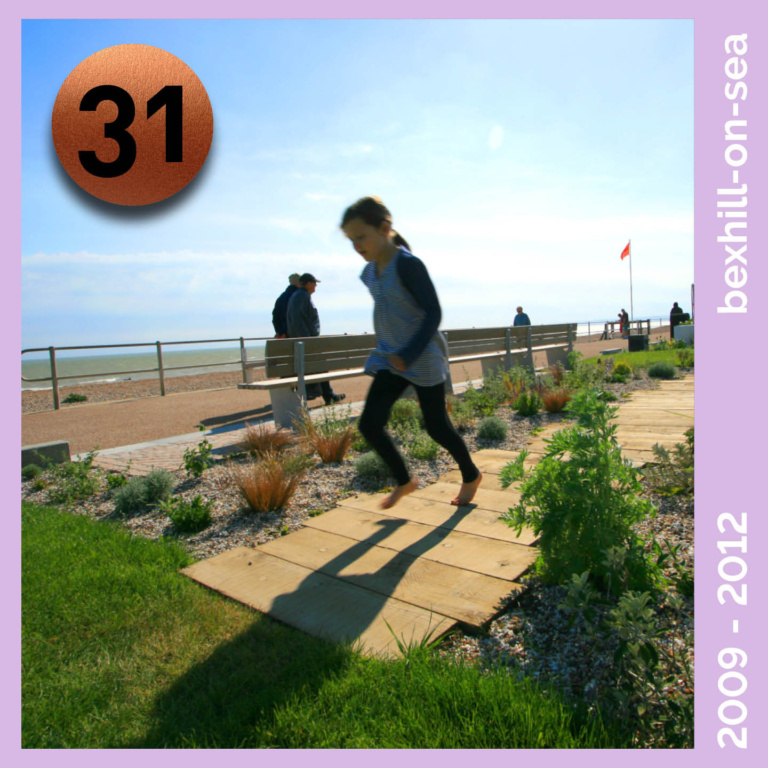
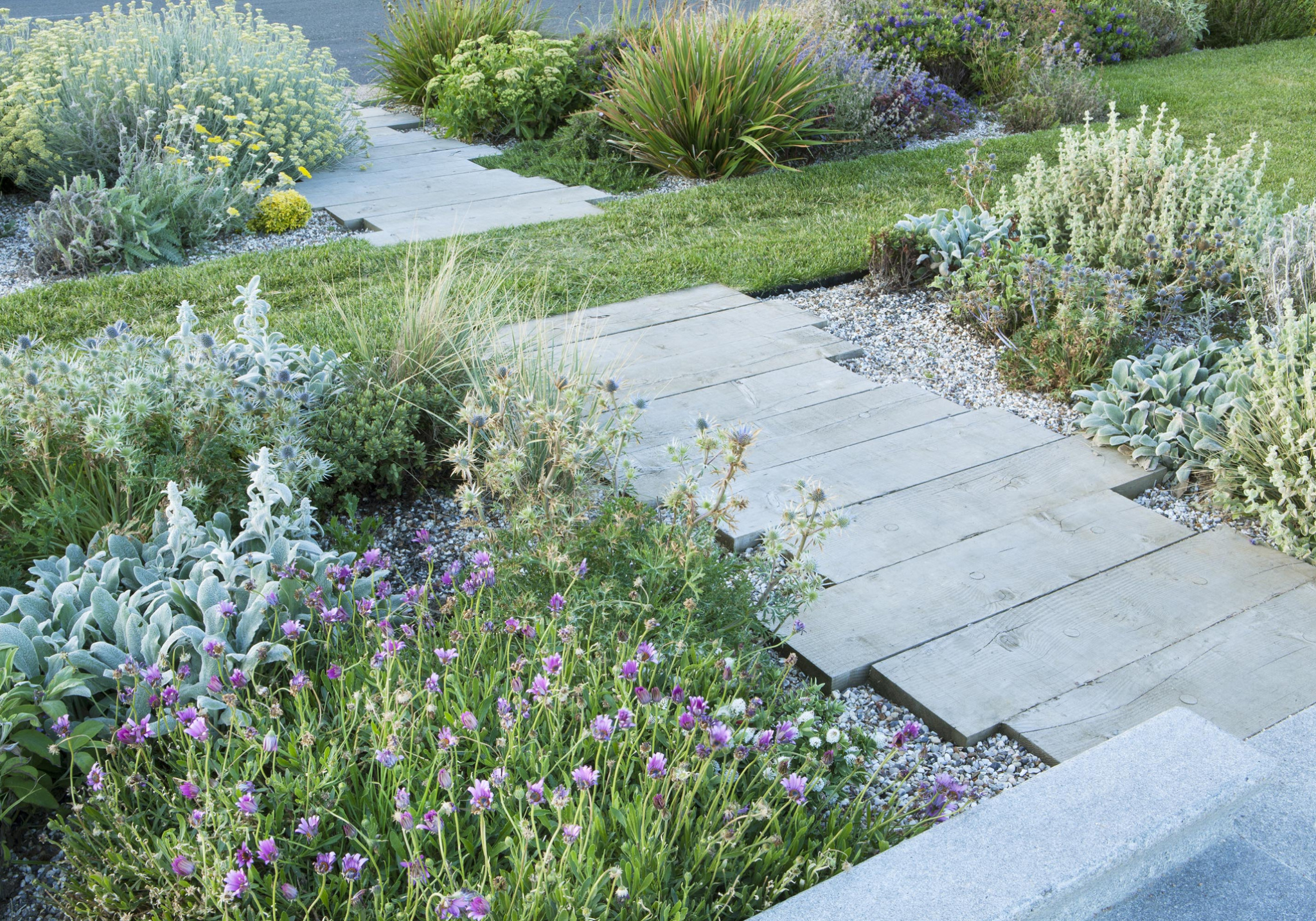
Nigel Dunnett